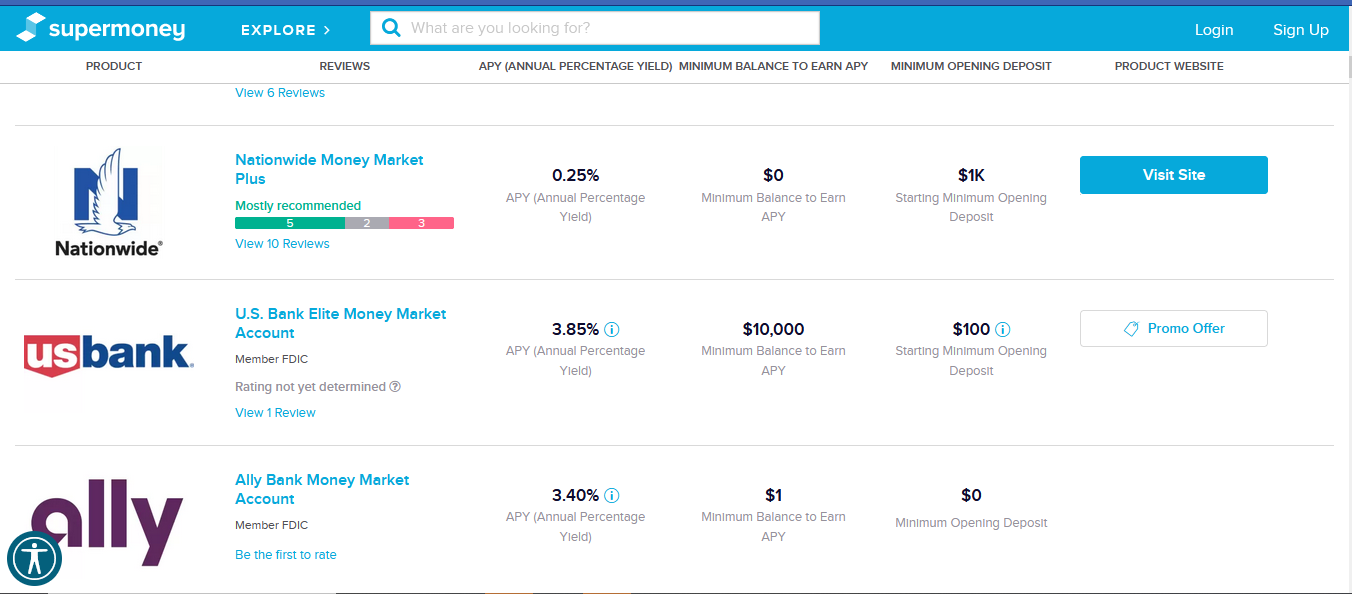The Real Cost of Capital vs Expense: Why You Need to Know the Difference

The definition of the two keywords in the topic, which is the Real cost of Capital and Expenses goes as follows:
The real cost of capital includes both debt and equity. It represents the minimum return that an investor requires to invest in a company. The cost of capital is a critical metric for businesses to understand as it determines the minimum return that must be earned on investments to meet or exceed the cost of financing.
On the other hand, expenses refer to the costs incurred by an individual or organization to acquire goods or services necessary for its operations. These costs can be in the form of cash or credit, and they are typically recurring or one-time expenditures that reduce income or assets.
Common expenses include salaries and wages, rent, utilities, office supplies, marketing expenses, and taxes. Expenses are a critical aspect of financial management as they can significantly impact an entity's profitability and cash flow. Effective expense management involves monitoring and controlling costs to ensure that an entity remains financially healthy and profitable over time.
While the cost of capital and expenses may seem like separate concepts, they are closely related. A company's cost of capital affects its ability to generate returns on investments, which in turn affects its ability to cover its expenses.
The real cost of capital takes into account inflation and other factors that may affect the return on investment. For example, if a company borrows money at an interest rate of 5%, but inflation is 3%, the real cost of capital is 2%. This is because the value of money decreases over time due to inflation, meaning that the investor must earn a higher return to account for the loss of purchasing power.

Understanding the real cost of capital is important because it allows businesses to make informed decisions about investments and financing. If a company invests in a project that does not generate a return greater than the real cost of capital, it is losing money in real terms, even if it appears profitable on paper.
In contrast, expenses are easier to measure and are often included in a company's income statement. However, it is important to remember that expenses are not the same as the real cost of capital. A company may be able to cover its expenses, but if it is not generating returns greater than the real cost of capital, it is not creating value for its investors.
The Differences between the Real Cost of Capital and Expenses
The Real Cost of Capital and Expense are two financial terms that are often used interchangeably, but they have different meanings and implications. Understanding the difference between the two is crucial for making informed financial decisions.
The Real Cost of Capital refers to the total cost of obtaining and using funds for business investment, taking into account the time value of money and the risk associated with the investment. It is the return that investors expect to receive on their investment in a business. The cost of capital includes both debt and equity financing, and it is the minimum return that a company must earn to satisfy its investors. The cost of capital is usually expressed as a percentage and is used to evaluate the profitability of investment projects.
In contrast, an expense is a cost incurred by a business in its day-to-day operations to generate revenue. It is an outflow of resources, usually cash, to acquire goods or services that are consumed or used up in the production of goods or services. Expenses are deducted from revenue to determine a business's net income or profit. Examples of expenses include salaries and wages, rent, utilities, and supplies.
The key difference between the Real Cost of Capital and Expense is that the former is a measure of the cost of raising capital, while the latter is a measure of the cost of doing business. The Real Cost of Capital is a forward-looking metric that considers the risk and opportunity cost of investments. It reflects the cost of the funds that a business has to pay its investors, whether it is through debt or equity financing. A higher cost of capital means that a business has to generate a higher return on its investment to satisfy its investors.
On the other hand, expenses are historical costs that a business has already incurred in its operations. They are necessary costs to keep the business running but do not necessarily provide any future benefits or returns. Expenses can be variable or fixed. Variable expenses fluctuate with changes in the level of activity, while fixed expenses remain constant regardless of the level of activity. For example, the rent for business premises is a fixed expense, while the cost of raw materials is a variable expense.
Another difference between the Real Cost of Capital and Expense is how they are treated in financial statements. The Real Cost of Capital is not recorded as an expense in financial statements, but it is used to calculate the cost of capital for a business. The cost of capital is reflected in financial statements through the interest paid on debt and the dividends paid on equity.
Expenses, on the other hand, are recorded in financial statements and deducted from revenue to arrive at net income. The number of expenses incurred by a business can affect its profitability, which is a key performance metric. A business with high expenses relative to its revenue may have lower profitability and be less attractive to investors.

The difference between the real cost of capital and expenses can have a significant impact on a company's financial health. If a company is not generating returns greater than the real cost of capital, it may struggle to attract investors and may eventually go bankrupt. On the other hand, if a company is generating returns greater than the real cost of capital, it can use the excess profits to reinvest in the business, pay dividends to shareholders, or pursue other growth opportunities.
In summary, the Real Cost of Capital and Expense are both important financial concepts that have different meanings and implications. The Real Cost of Capital is a forward-looking metric that reflects the cost of raising capital, while Expense is a historical cost incurred by a business in its operations. Understanding the difference between the two can help businesses make informed financial decisions and evaluate their profitability.
Conclusion
Understanding the difference between the real cost of capital and expense is crucial for any business that wants to maximize profits and grow sustainably. The real cost of capital takes into account the opportunity cost of investing in a project, including the return that could have been earned on alternative investments. On the other hand, expenses are simply the costs incurred to produce goods or services.
By properly distinguishing between the two, businesses can make more informed decisions about which investments to pursue and which to avoid. Moreover, understanding the real cost of capital can help businesses avoid the common mistake of underestimating the true cost of borrowing, which can lead to financial difficulties down the line.
Ultimately, a solid understanding of the real cost of capital and expenses can help businesses operate more efficiently, allocate resources more effectively, and achieve long-term success. In today's competitive business environment, knowing the difference between the two can make all the difference in achieving sustainable growth and profitability.





